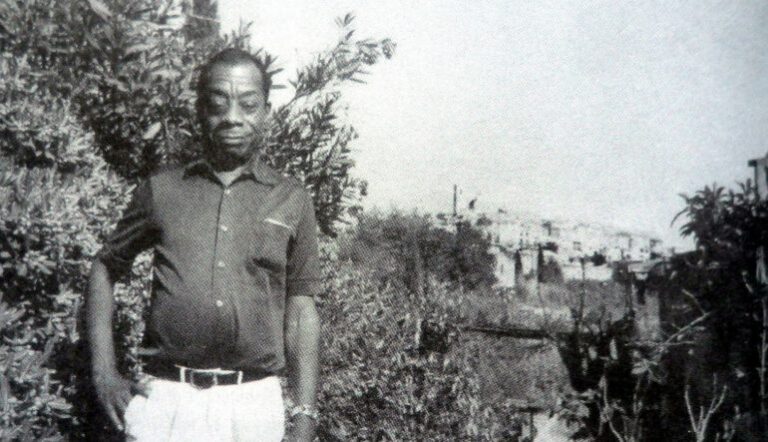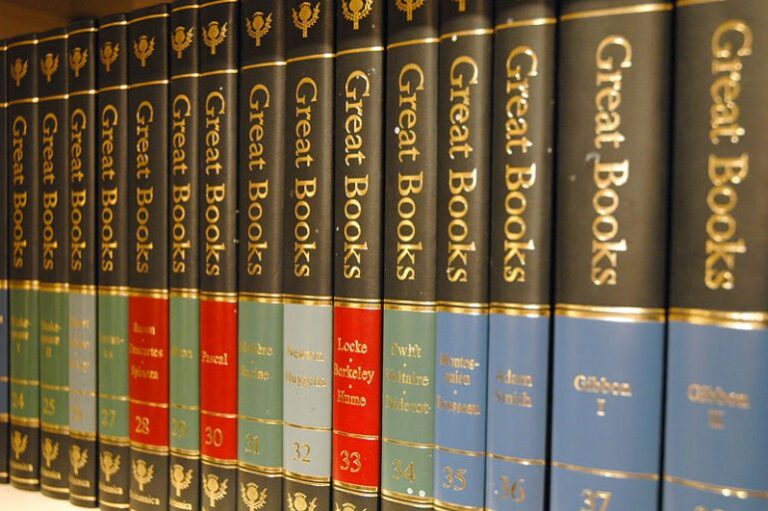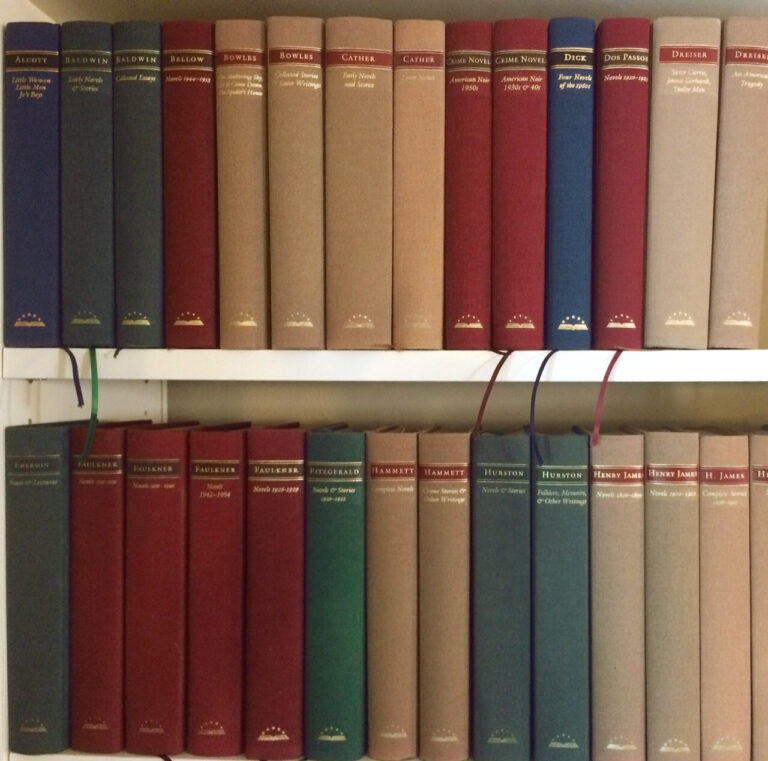The Enduring Allure of Literary Provence
Provence is one of these regions, like Bordeaux and the Atlantic seaboard, that have always had a strong connection to Anglophone cultures, starting in the seventeenth century when the court of the House of Stuart went into exile in Avignon.








